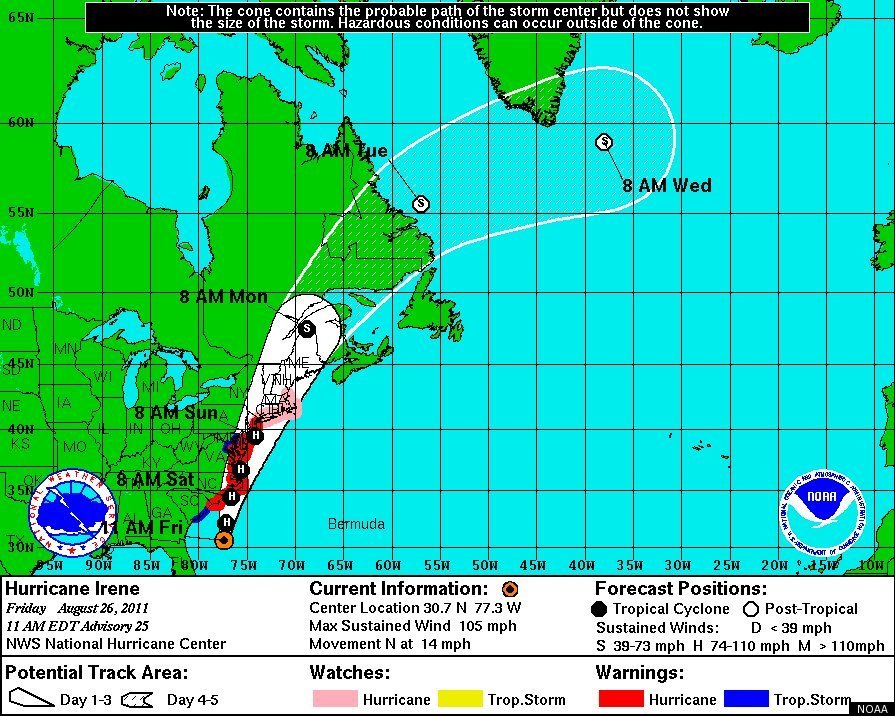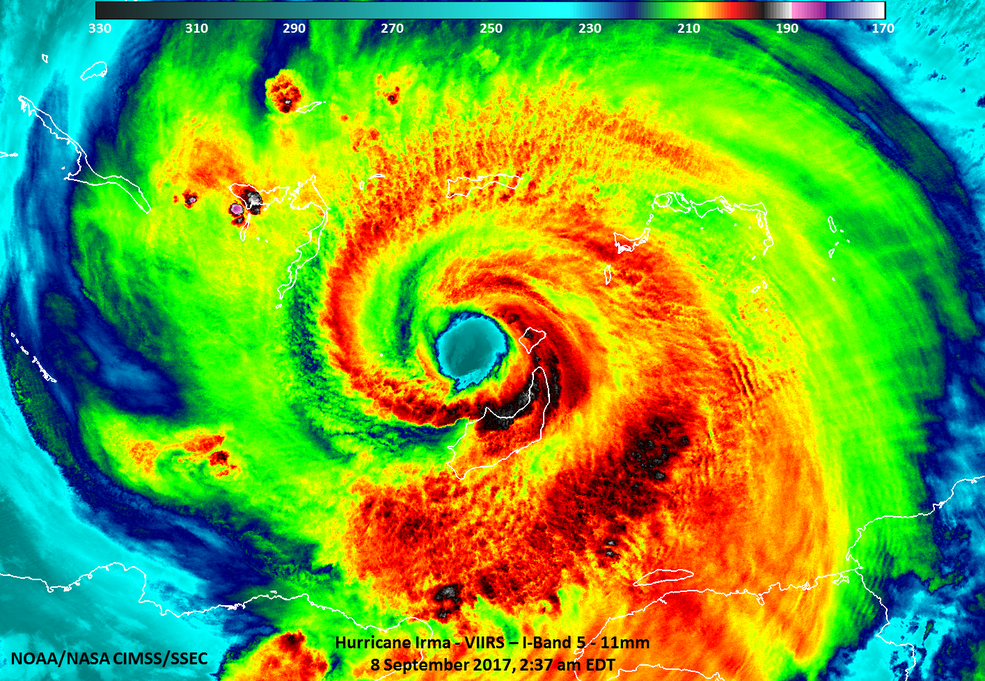

With very warm waters in the Bay of Campeche and the Western Gulf of Mexico, the National Hurricane Center (NHC) was fairly confident that the remnants of Harvey would reform into a tropical cyclone. The genesis of Harvey from a Depression to a Major Hurricane: 542 PM CDT 08/23/17 to 657 PM CDT 08/26/17 (GOES-16 data is non-operational.) Peninsula on Tuesday morning, August 22 nd. Although there was some potential for the remnants of Harvey to reorganize into a tropical cyclone, a tropical cyclone failed to form as the remnants of Harvey moved into the Yucatan Tropical Storm Harvey impacted the Windward Islands on Friday, August 18 th, entering the Eastern Caribbean Sea as a minimal tropical storm, and eventually weakening to a Tropical Storm Warnings were issued that afternoon for Martinique, St.

Hurricane Center began issuing advisories and forecasts on Tropical Cyclone Nine Thursday morning, and Tropical Storm Harvey Thursday afternoon. However, by Thursday August 17 th, the National For a few days on its westward track, "Harvey" remained disorganized, and there was some uncertainty whether the low would become a tropical cyclone. However, this low stayed more on a westward course as it moved over the open Atlantic Ocean toward the EasternĬaribbean Sea. Thought the wave and the low pressure area would have a more west-northwest track, threatening the Lesser Antilles. The birth of Harvey occurred on Sunday August 13 th, 2017 as a tropical wave emerged off the west coast of Africa, eventually merging with a broad area of low pressure near the Cabo Verde Islands. KCRP Radar Loop - 500 AM CDT August 25 through 912 AM CDT August 26, 2017 After impacting the Yucatan Peninsula earlier in the month as a tropical storm, Harvey moved into the warm waters of the Gulf of Mexico late on Tuesday August 22 nd. Harvey exploded rapidly from a tropical depression to a major hurricane inĪround 40 hours. Well, the "when" happened on August 25 th 2017, when Harvey made landfall along the Middle Texas Coast. The last hurricane to do so was Celia back onĪugust 3 rd, 1970. Over the past several years, meteorologists in South Texas (and other areas) have stated "it's not a matter of if but when" a major hurricane would strike the Middle Texas Coast. These visualizations only go through October 2017 because there were no Atlantic hurricanes in November or December 2017.NHC Final Best Track of Harvey (Click points above to view additional information.) The wide Atlantic view was updated at the end of hurricane season to include all Atlantic hurricanes in 2017 for display at the American Geophysical Union (AGU) conference. These visualizaitons were created to support NASA talks given at the National Air and Space Musuem (NASM) in October 2017. a view that follows and zooms in only on Hurricane Harvey a wide Atlantic view that shows all of the hurricane tracks There are 2 visualizations at various resolutions: The numbers 1 through 5 as well as "T" are displayed when storms change categories. Storm position and wind speed data from UNISYS are used to show the track lines.

Data from the Global Precipitation Mission called IMERG is used to show rainfall and data from NOAA's GOES East shows clouds. These visualizations show the tracks of Atlantic hurricanes during 2017.


 0 kommentar(er)
0 kommentar(er)
